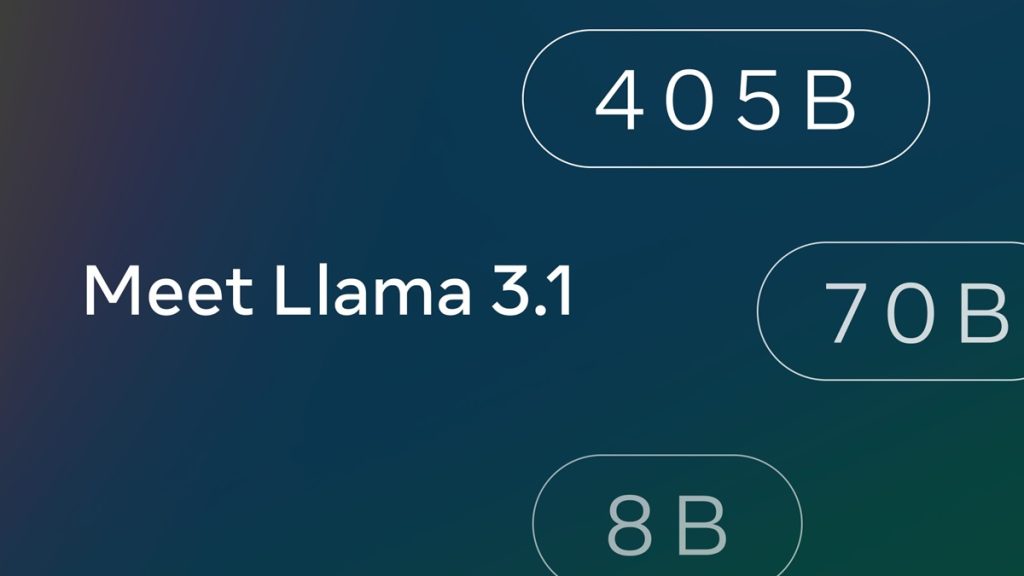Llama 3.1: What You Need to Know | Built In
The new model, fast on the heels of Llama 3, reflects Meta’s commitment to open-source AI. Meta has launched Llama 3.1, the largest iteration of its open-source Llama large language model (LLM), with support from new partner NVIDIA as well as Google Cloud, Azure and AWS, according to Meta.
Key Features of Llama 3.1
Llama 3.1 comes in three sizes: 8B, 70B, and 405B parameters. The 405B model makes Llama 3.1 one of the largest and most powerful open-source language models available today. Highlights of Llama 3.1 include strong capabilities in general knowledge, steerability, math, tool use, and multilingual translation.
Benchmark Test Scores
Llama 3.1’s benchmark test scores are impressive. On the MATH benchmark, Llama 3.1 scored 73.8, compared with GPT-4o’s 76.6 and Claude 3.5 Sonnet’s 71.1, according to Meta.
Multilingual Support and Context Length
Llama 3.1 supports multiple languages beyond English. The model has been trained to handle conversations in Spanish, Portuguese, Italian, German, Thai, French, and Hindi. This multilingual support enhances its utility for a wider range of users and applications across different regions.

Llama 3.1 supports a context length of 128,000 tokens, substantially increasing from the previous 8,192 tokens in Llama 3. This 1,600-percent increase allows the model to process and understand much longer pieces of text, enabling more complex reasoning and improved performance on tasks requiring extensive context.
Synthetic Data Generation and Model Distillation
Llama 3.1 405B has emerged as a powerful tool for synthetic data generation, setting a new standard for generative AI capabilities. This feature allows customers to create high-quality task- and domain-specific synthetic data for training other language models.
One of the most significant capabilities of Llama 3.1 405B is its potential for model distillation. This process involves transferring the knowledge and emergent abilities of the large 405B model into smaller, more efficient models. Customers can use distillation to create compact models that offer comparable performance at lower costs and reduced latency, making them ideal for resource-constrained environments.

Optimized Tool Use and Deployment
The Llama 3.1 Instruct models have been fine-tuned for tool use, optimizing their ability to interface with programs that complement or expand the LLM’s capabilities. Additionally, the models support zero-shot tool use, allowing them to smoothly integrate with previously unseen tools.
Implications for AI Development
The availability of Llama 3.1 as an open-source model has significant implications for AI research and development. It provides a stable platform that can be built upon, modified, and even run on-premises, offering a level of control and predictability that is valuable to researchers, enterprises, and other entities.

CEO Perspective
Meta CEO Mark Zuckerberg has drawn parallels between the development of AI and the rise of open-source software like Linux. He believes that open AI development will follow a similar trajectory, with open-source models quickly closing the gap with closed alternatives. This openness enables the broader developer community to more fully realize the power of generative AI.




















